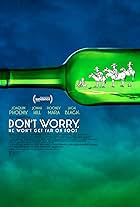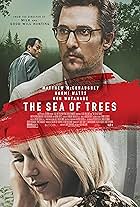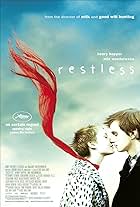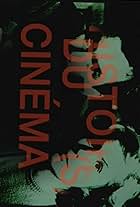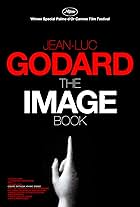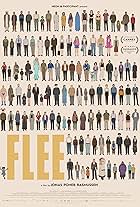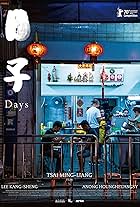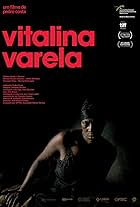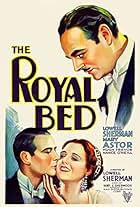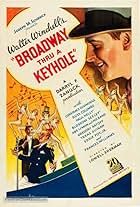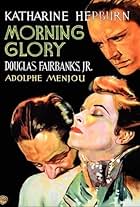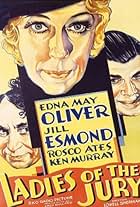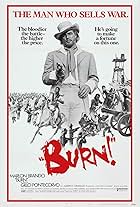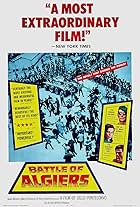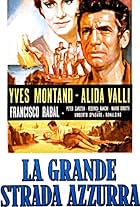lqualls-dchin
Joined Apr 2000
Welcome to the new profile
We're still working on updating some profile features. To see the badges, ratings breakdowns, and polls for this profile, please go to the previous version.
Ratings3.6K
lqualls-dchin's rating
Reviews56
lqualls-dchin's rating
Though the plotline is pure melodramatic slush (there were a lot of unwed mother stories in the pre-Code period: Constance Bennett seemed to have the patent on the roles), what Gregory La Cava did with the material is almost miraculous. He introduced characters (played by Clive Brook and Janet Beecher) who always seem to have a wisecrack, a withering aside, or a snide remark on hand when things were getting too heavy-handed. Their characters (as well as Tullio Carmanati) help to lighten the load, and before you know it, the movie is transformed from a weepie to a comedy. Of course, the (very rushed) ending brings the movie back to its melodramatic roots, but it's still very engaging most of the way through. And Ann Harding's verbal jousts with Brook and Beecher remind the viewer that she had been a top comedienne early in her career, as the prime interpreter of Phillip Barry (HOLIDAY, ANIMAL KINGDOM, PARIS BOUND).
Saw this version of THE CRUCIBLE when it was first broadcast: it made a big impression on me. But haven't seen it since (so far as of 2013 not available on DVD), but the acting was astounding. I remember details of Coleen Dewhurst's performance, her rich, deep voice quivering with disbelief as the accusations mount. Most of all, Tuesday Weld gave the finest performance of Abigail i've ever seen. She was able to bring so much depth to the part, and such ferocity! I've seen several stage versions of the play, as well as the 1957 French film and the 1996 film version: no one has ever been better than Tuesday Weld. One thing: who played Tituba? I can't remember, and i can find no listing (anywhere) as to who played that part in this TV production. (I know that Jacqueline Andre played the part in the 1953 Broadway production, and Vinette Carroll went to France in 1957 to play the part in the film starring Yves Montand and Simone Signoret, but who played the part in 1967?) Of all the Abigails, Tuesday Weld is the only one to really bring out the sexual assertiveness, and how the thwarting of sexual expression can become "demonic". (Another thing i remember is how the married women were addressed as "Goody"; the sound of Melvyn Douglas's voice and Fritz Weaver's voice saying "Goody" to Coleen Dewhurst is a vivid memory.)
Frank Wisbar was one of the many talented people working in the German film industry in the late 1920s-early 1930s. He was a producer, often working with Arnold Fanck; he produced MAEDCHEN IN UNIFORM (directed by Leontine Sagan), and assisted on the production of Dreyer's VAMPYR. Obviously, this was a person with an interest in "alternative" cinema; his own work as a director also revealed his interest in non-mainstream cinema.
FAHRMANN MARIA is a fable of the occult. As such, it follows VAMPYR in trying to tell a narrative in terms of atmosphere and metaphor. The moody, shadow-shrouded cinematography is just so marvelously evocative; the settings show the great influence of Expressionist design. Yet this design is used to enhance the performances, particularly those of Sybille Schmitz (also one of the leads in VAMPYR) and Peter Voss.
Wisbar's highly promising career was cut short, as he was one of the many who fled the Nazi regime and wound up in the US; though many of the German emigres would succeed, quite a few wound up toiling in the nether regions of low-budget fare for Poverty Row studios. Wisbar, like Edgar Ulmer, was one of those who never quite made the leap to success in the major studios. Wisbar would remake FAHRMANN MARIA as THE STRANGLER OF THE SWAMP, but, though atmospheric, the mythic dimensions of FAHRMANN MARIA are contracted in the American settings. But FAHRMANN MARIA is one of the true classics of the Weimar cinema.
FAHRMANN MARIA is a fable of the occult. As such, it follows VAMPYR in trying to tell a narrative in terms of atmosphere and metaphor. The moody, shadow-shrouded cinematography is just so marvelously evocative; the settings show the great influence of Expressionist design. Yet this design is used to enhance the performances, particularly those of Sybille Schmitz (also one of the leads in VAMPYR) and Peter Voss.
Wisbar's highly promising career was cut short, as he was one of the many who fled the Nazi regime and wound up in the US; though many of the German emigres would succeed, quite a few wound up toiling in the nether regions of low-budget fare for Poverty Row studios. Wisbar, like Edgar Ulmer, was one of those who never quite made the leap to success in the major studios. Wisbar would remake FAHRMANN MARIA as THE STRANGLER OF THE SWAMP, but, though atmospheric, the mythic dimensions of FAHRMANN MARIA are contracted in the American settings. But FAHRMANN MARIA is one of the true classics of the Weimar cinema.
